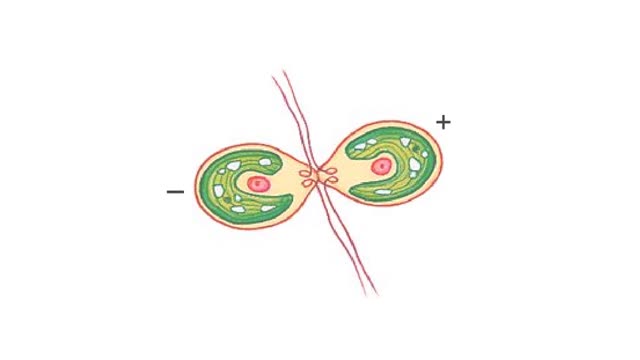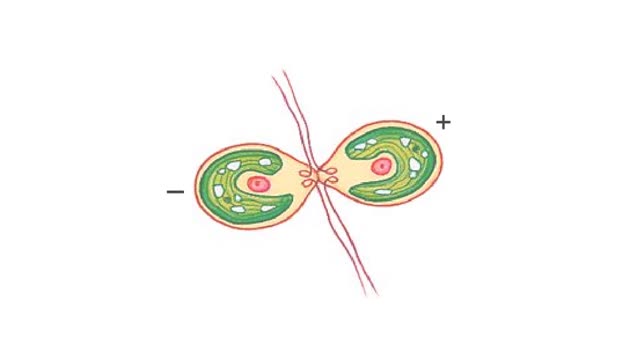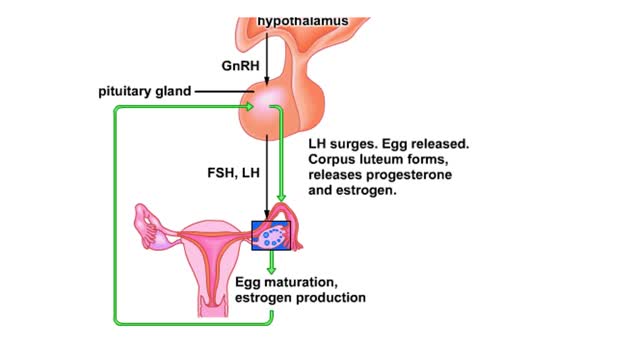Carbon fixing adaptations Animation
By: HWC
Date Uploaded: 01/12/2024
Tags: homeworkclinic.com stomata Calvin- Benson cycle Cacti succulents CAM plant C4 cycle Oxaloacetate malate sheath cells rubisco hot dry conditions mesophyll cells temperate zones
Different plants trap carbon by different pathways. Most C3 plants evolved in moist, temperate zones. On hot dry days they close their stomata to conserve water and oxygen accumulates. Under these circumstances, the enzyme rubisco uses oxygen in an inefficient reaction that competes with the Calvin-Benson cycle, so fewer sugars are produced. C4 plants are better adapted to hot dry conditions. In their mesophyll cells, carbon dioxide combines with a three-carbon compound to form oxaloacetate. Unlike rubisco, the enzyme that catalyzes this reaction is unaffected by oxygen levels. Oxaloacetate is converted to malate, which moves into nearby bundle-sheath cells. Here it releases carbon dioxide which enters the Calvin-Benson cycle. Cacti and many succulents are CAM plants. They limit water loss by opening their stomata at night and fixing carbon by the C4 cycle. During the day, the stomata are closed and the previously fixed carbon is used in the Calvin- Benson cycle in the same cell.
Add To
You must login to add videos to your playlists.
Advertisement












Comments
0 Comments total
Sign In to post comments.
No comments have been posted for this video yet.